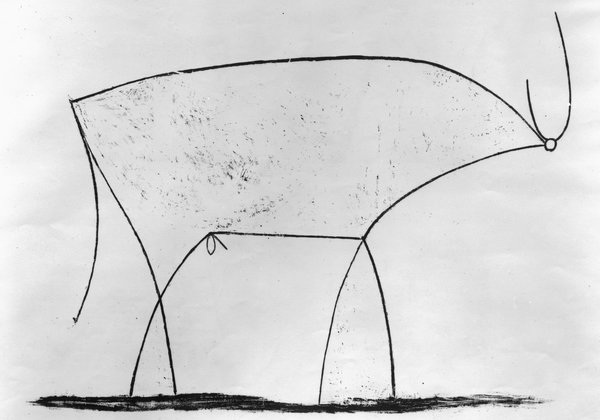In my previous post on Apple vs Swiss Watch Industry, we looked at (perceived) short comings of the Apple Watch. This blog post will be about what makes Swiss Luxury watches.
Relevance
The Swiss watchmaking industry is unique in the world. Unsurprising as this may seem, it is undeniable. Despite an unpredictable global economic climate, Swiss watch exports continue to confirm the healthy state of the industry, which has enjoyed successive record years. Swiss watch exports now exceed 21 billion francs annually, representing 54% of the world watch industry.
Swiss Made
Luxury products are mostly about the quality of the item being purchased. Quality refers to the constituent materials used in making the product, the finesse and extent of the craftsmanship involved and the reputation of the brand behind the product. With items such as luxury watches, it is widely known that the best items in this niche are largely made in Switzerland, an area renowned for its watchmaking practices and innovations which have held the attention of those who understand the nature of timepieces for centuries.
Heritage
Most of the world’s best known watch manufacturers are based in the Swiss Jura region. Cross-fertilization between companies as well as co-operation with suppliers enable independent manufacturers to remain at the forefront of precision watch making. Watchmakers are the most important assets of a watch manufacturer, since each watch is individually assembled by hand. Watch making schools in Genève and La Chaux-de-Fonds have educated most watchmakers. Many of them gained experience in the ateliers of renowned watch brands.
Luxury
Swiss luxury watches in general and Frédérique Constant watches in particular are defined by their high quality, differentiation and precision in design and manufacture. We have a passion for designing our beautiful watches. Their perceived value — through quality of design, materials, and manufacture — is a key component of our success. Each of our watches is assembled by hand and extensively controlled with the latest equipment to ensure maximum quality. A customer of a Swiss watch understands the finer details about the intrinsic qualities of luxury timepieces.

At Frederique Constant, our focus is creating luxury timepieces with an intrinsic value usually greater than the offer price of the products being sold. Intrinsic value involves the quality of product both in terms of design, materials used in manufacture and adherence to Swiss watchmaking standards as well as traditions. Our timepieces are exclusively manufactured by hand while the processes involved are regulated with the latest precision equipment available in the industry backed by years of research & development. We recruit passionate watchmakers from time honored watch making schools whose reputations are an intricate part of Swiss watchmaking history.
Manufacture
Craftsmanship can be seen in manufacture animations, seeking to highlight the complexity of a manufacture caliber and other watch key components. Brands are inviting consumers into their manufacturing spaces and seeking to connect them with artisans. The focus for these brands is on design, heritage, craftsmanship and the complexities of creation. An example is this video on the manufacturing of watch dials:
Swiss watch brands tend to distil layers of complex technical information into succinct content. Brands often bring clients into Swiss workshops to visually confirm the expertise necessary to produce beautiful timepieces, and reiterate messages of creativity, quality and excellence.
Longevity
Swiss classical watches are understated, exclusive timepieces, immune to the constructions of age. These are objects of art that can be passed down through generations. Traditions are very important, and what better a gesture than to give or receive a special watch for an important birthday or milestone. A special gift that lasts for generations. The best watches even increase in value over time. Sotheby’s and Christie’s hold luxury timepiece auctions regularly.
Comparison
With all the above in mind, how do we rate the Apple Watch? Or is it something that should not be compared to Swiss Luxury watches at all? Apple states on its website that its watch is designed to be worn during all your daily activities, from morning workouts to nights out. Swiss watch companies develop and design their creations to be precious personal jewels. OK, the Apple Watch certainly looks more refined than prior smart watches being sold in the market, but can it be called a luxury item? It also remains to be seen if the Apple Watch “redefines what people expect from a watch,” per Tim Cook. We will find out in early 2015.


























